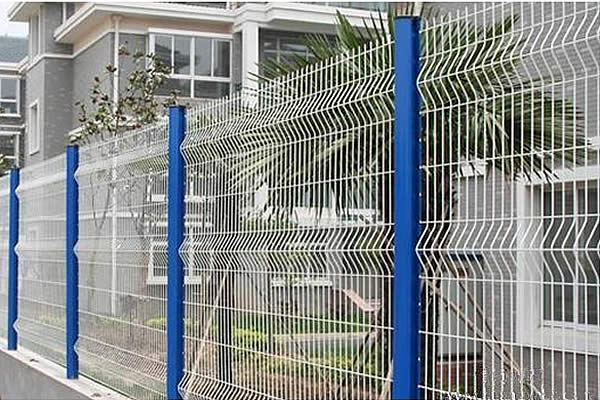 TEL:
+86-13102802206
TEL:
+86-13102802206
 Email:
fencenetting@china.com
Email:
fencenetting@china.com
 Language
Language
 TEL:
+86-13102802206
TEL:
+86-13102802206
 Email:
fencenetting@china.com
Email:
fencenetting@china.com
 Language
Language


The Versatility and Benefits of Wire Barbed Fencing
Wire barbed fencing, a staple in agricultural and commercial settings, has proven to be an effective solution for a variety of fencing needs. Designed with sharp barbs that are strategically spaced along the wire, this type of fencing serves several purposes, from containing livestock to securing property boundaries. In this article, we will explore the features, advantages, and considerations of wire barbed fencing.
Composition and Structure
Wire barbed fencing consists primarily of high-tensile steel wire that is twisted and formed into a series of sharp points or barbs. Typically, the barbs are spaced at intervals along the wire, enhancing its deterrent capabilities against intruders, both human and animal. The fencing is usually mounted on wooden or metal posts, which provide the structural backbone necessary for stability. This robust construction allows for the fencing to withstand harsh weather conditions and the pressures exerted by animals attempting to breach the barrier.
Applications in Agriculture
One of the most common applications for wire barbed fencing is in agriculture. Farmers have relied on this fencing for decades to contain cattle, sheep, and other livestock. The sharp barbs serve not only to deter animals from pushing against the fence but also to prevent them from attempting to jump over it. The visibility of the barbed wire acts as a psychological barrier, encouraging animals to remain within their designated areas. Additionally, the fencing can protect crops from wildlife, effectively minimizing damage and loss.
Security and Property Boundaries

Beyond agricultural use, wire barbed fencing is also an important component in securing residential and commercial properties. The intimidating appearance of the barbs makes it less likely for trespassers to attempt to climb over the fence, thereby enhancing security. This type of fencing is often seen around warehouses, industrial sites, and even residential homes where security is a primary concern. Given its durability, this fencing type can withstand the test of time, making it a cost-effective investment for property owners.
Cost-Effectiveness
Another significant advantage of wire barbed fencing is its cost-effectiveness. Compared to other fencing materials, such as wood or vinyl, wire barbed fencing usually has a lower initial purchase price while providing substantial durability and longevity. Maintenance costs are also generally lower, as the high-tensile steel resists rust and corrosion, particularly when treated properly. The long lifespan of this fencing means that property owners can save money in the long run by minimizing the need for replacements and repairs.
Environmental Considerations
In addition to its practical benefits, wire barbed fencing can have positive implications for the environment. It minimizes the need for more expansive land use by providing a clear boundary that requires less land to set up than some traditional fencing materials. Additionally, the durability of the wire means that less frequent replacements are needed, which can reduce the environmental impact associated with manufacturing and disposal of fencing materials.
Conclusion
Wire barbed fencing represents a practical, durable, and cost-effective solution for both agricultural and security needs. Its versatile applications, coupled with its deterrent benefits for livestock and intruders alike, make it a popular choice around the world. Although it requires careful installation and attention to safety considerations, the long-term benefits of using wire barbed fencing can be substantial, providing peace of mind for property owners and effective containment for livestock. As agricultural practices and security concerns continue to evolve, wire barbed fencing remains a timeless solution that meets a range of needs efficiently and effectively. Whether you are a farmer looking to protect livestock or a homeowner interested in enhancing your property’s security, wire barbed fencing offers a reliable option to consider.